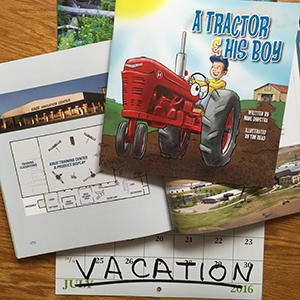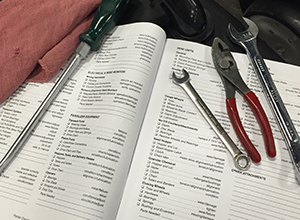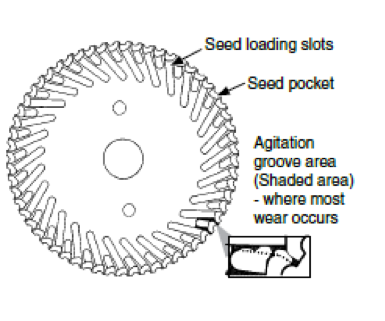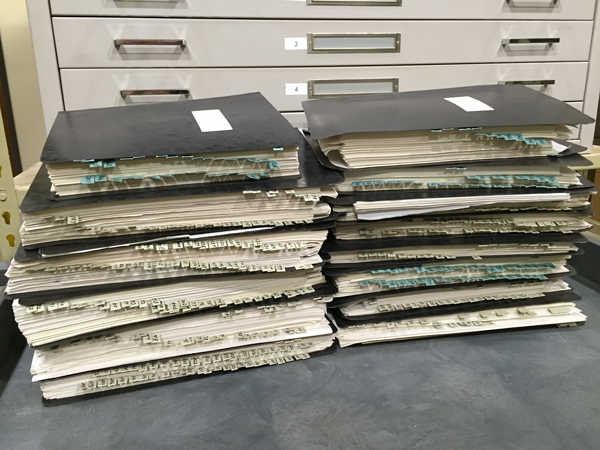Forty years ago, Kinze Manufacturing was just a small farm equipment startup near Williamsburg, Iowa. After developing several innovative products, the company was starting to attract the attention of farmers looking for ways to improve their farming efficiency. However, Kinze was also drawing the attention of the industry-giant, John Deere.The...






